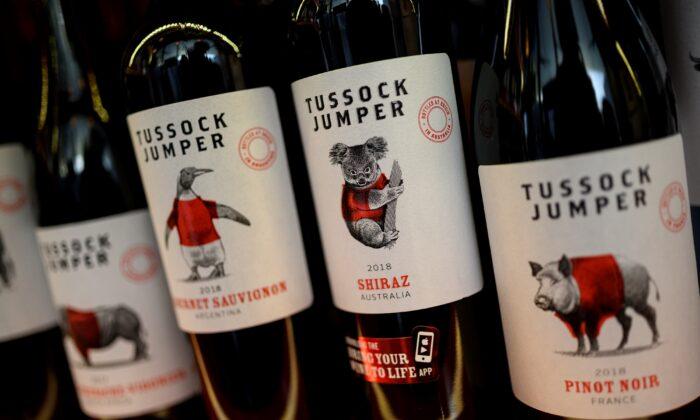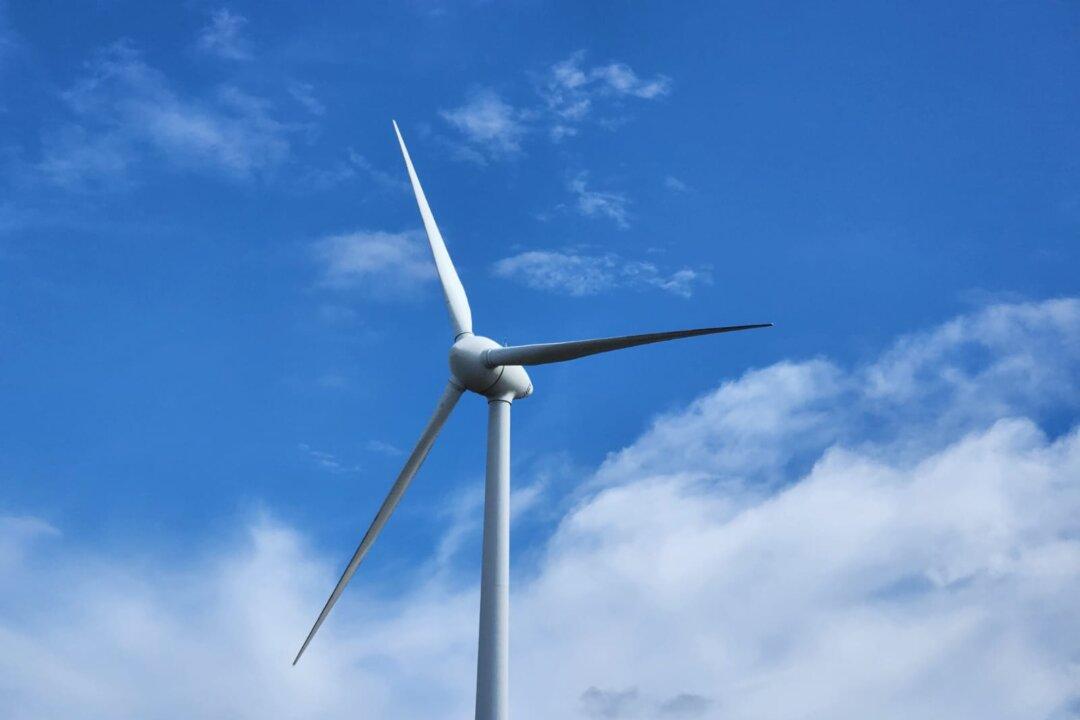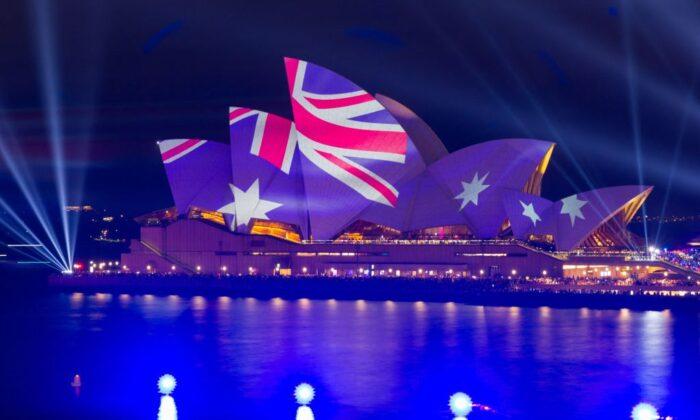Australia’s wine sector is seeing “early signs” of success at finding alternative markets to China following the imposition of hefty tariffs on exports, a move that has triggered a major reshuffle of top wine suppliers.
“Australia was the top wine importer to mainland China before the tariffs were introduced and as other wine producing nations move to fill the gap, there is further opportunity for Australian wines in the markets these nations were previously sending wine to,” Wine Australia told The Epoch Times in a statement.
In early February, the industry body released figures showing that Australian wine exports made significant gains in Singapore (up 108 percent to AU$166 million), Hong Kong (up 45 percent to $191 million), South Korea (up 74 percent to $47 million), Taiwan (up 65 percent to $31 million), and Thailand (up 31 percent to $28 million).
Meanwhile, Wine Australia said that while it was not possible to replace the Chinese market, diversification to other markets was gaining traction.
“Pleasingly there are early signs evident in export figures that Australian wine exporters are managing to re-direct wines that originally would have been bound for mainland China to other markets,” the body said. “These markets have a thirst for premium red wines, which is largely what was being shipped to China.”
Beijing’s tariffs on Australian wine came amid an ongoing economic coercion campaign in response to calls from the Morrison government for an investigation into the origins of COVID-19.
It sparked a veiled threat from then-Chinese Ambassador Cheng Jingye, and later saw Beijing roll out a series of trade sanctions targeting industries such as barley, coal, cotton, hay, logs, meat, wine, and rock lobsters.
Some measures deployed include arbitrary border testing and inspections, the imposition of tariffs, unwarranted delays in listing export establishments, and the issuing of import licenses.






Friends Read Free